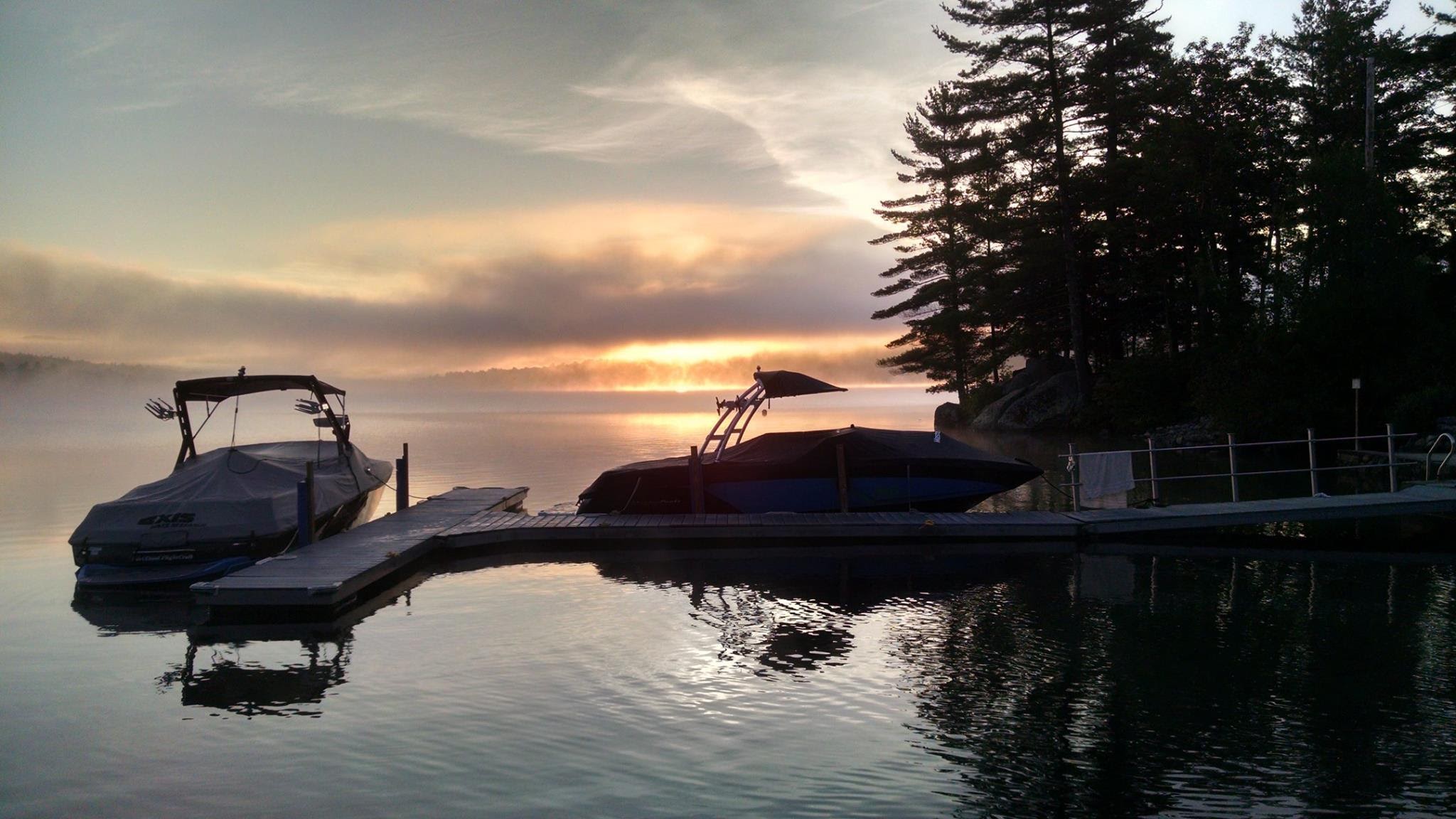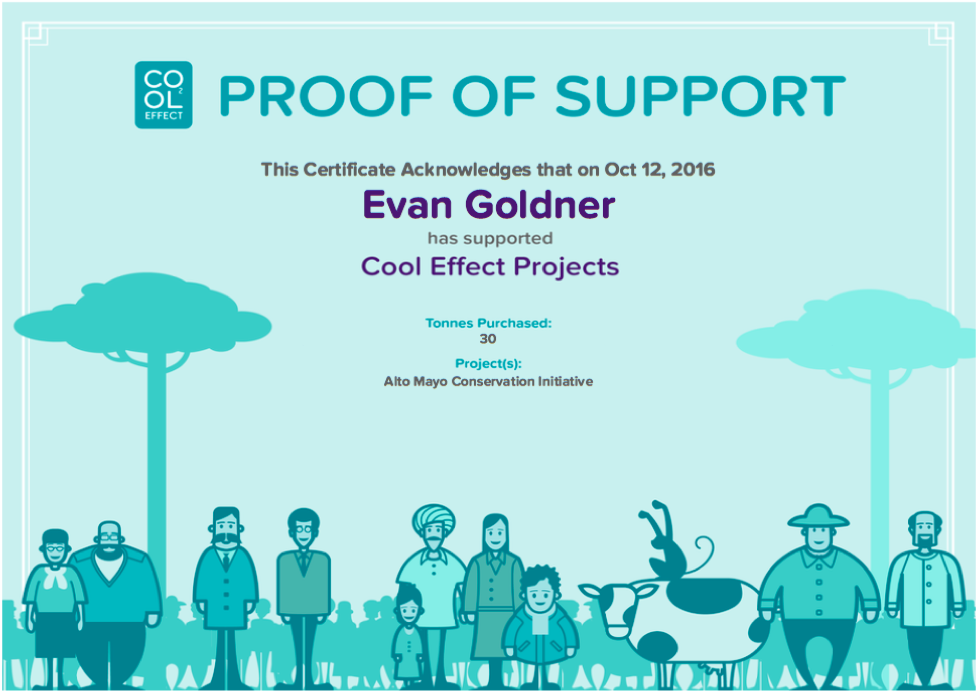Well we made it…Water Monkey Camp just wrapped up its fifth season of wakeboarding / waterskiing / wakesurfing / wake skating fun on the lake. While it has taken a lot of work behind the scenes to make it all happen, the credit goes to all of our loyal camper families for continuing to trust us to give your campers an amazing experience each summer. (At the bottom of this post are links to all of the 2016 pictures)
Year five was also the second year at our permanent property and we are really starting to get comfortable now. Seeing campers and staff take advantage of our epic location by playing Spikeball on the beach, having flipping contests off the dock, lounging in the hammock chill zone, or engaging in intense ultimate Frisbee matches on the field is just an added bonus beyond the time spent on our ridiculous boats.
Speaking of boats, the 2016 Mastercraft NXT22 was the perfect addition to our program. It is versatile and ideal for teaching and shredding! We told everyone this summer that we would be replacing the 2015 Axis A22 for next year but, by overwhelming popular demand, we will be running it for one more summer. It is just loved by so many of our staff and campers that there is no rush to get rid of it yet.
Now some fun 2016 stats!
- 103 campers over 7 weeks
- Each camper stayed an average of 1.5 weeks at camp (longest stay by any camper was 4 weeks)
- Average number of campers per week was 14.71
- Campers were 61% boys, 39% girls
- Average camper age was 13.9
- 33% of campers were returners, 67% were new (huge growth summer!)
- Campers came from 13 states (AS, CA, CO, CT, DC, FL, MA, MD, NH, NJ, NY, OH, VA) as well as Canada, China, Dominican Republic, France, Hungary, and Turkey!
- 17,068 unique visitors to watermonkeycamp.com in the past 12 months
- 9,308 pictures uploaded for parents and campers to enjoy
- Average water temperature during camp was 76 degrees
- 4 broken screen doors (campers like to just walk right through)
- 1 black eye
- 608 homemade meatballs
- 1,200 water balloons for 1 brand new camp game – Monkey Ball
- 25 flotilla swim parties
- 250 hours on the Mastercraft and 230 hours on the Axis A22 (for a total of 430 in 2 seasons)
- 2,300 gallons of gas consumed on the lake producing roughly 20 metric tons of CO2 offset with a contribution to Cool Effect (cooleffect.org) Alto Mayo Conservation Initiative to protect land in Peru from deforestation. (We offset an additional 10 metric tons to cover camper transportation to/from camp.)
Next summer is a ways off still but it is not too early to start planning! Enrollment is officially open and some families have already reserved spaces for their campers. As you start thinking about next year I hope that you will keep us in mind for a week or two of camp for your camper(s). Word of mouth is far and away our biggest recruiting tool so please help us fill our bunks and take advantage of our $300 referral bonus for each camper you send our way who enrolls for at least one week.
I hope you all have a terrific year until we see you again and feel free to e-mail, call, text, write, Skype, or visit any time!
Sincerely,
Evan
617-855-9253
evan@watermonkeycamp.com




